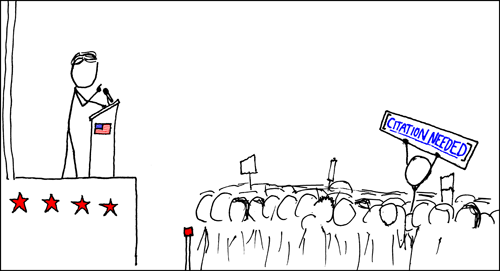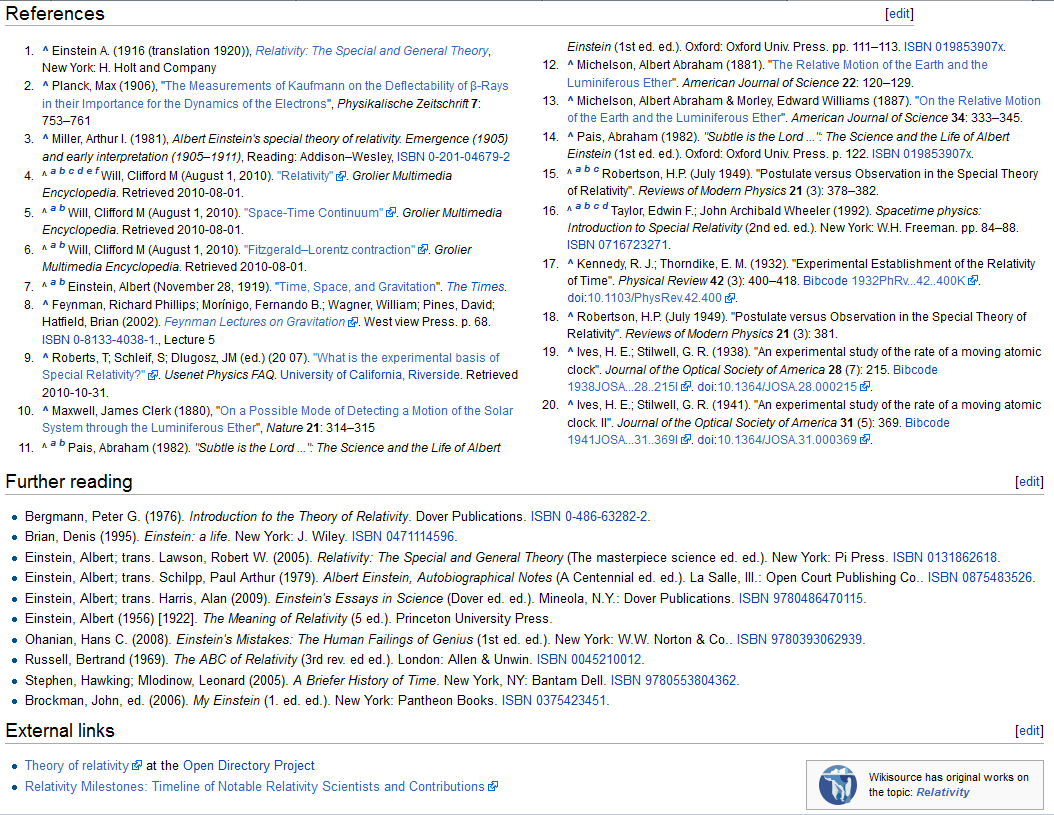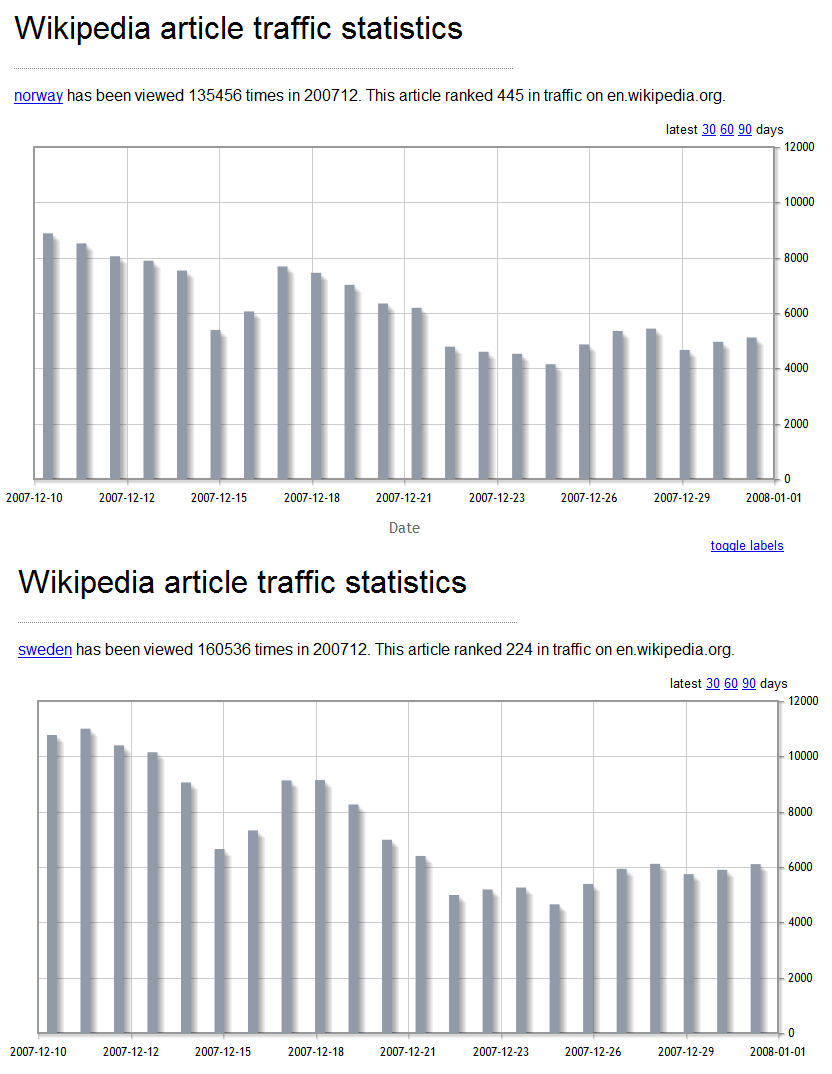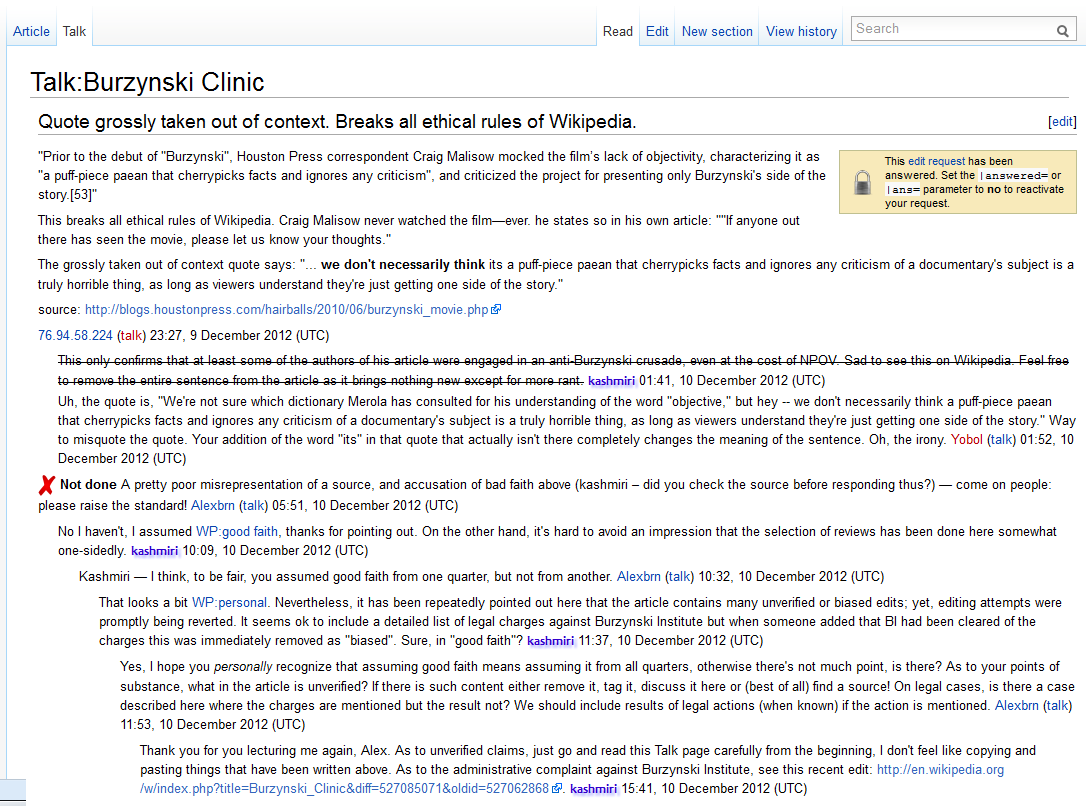Wikipedia: A tool that requires a deft and nuanced hand

Many might remember the Ginsu knife commercial. This seemingly amazing knife could saw through a beer can and still cut a tomato paper thin. What the commercial didn't tell you was there was nothing special about the knife. Despite what you were led to believe, it was not unusually sharp. It was a lousy dollar store kitchen knife. What viewers -- and purchasers -- failed to pick up on was the amazing knife demonstrations on the commercial were not properties of the knife. They were properties of the knife wielder. It takes time, practice, and skill to use any knife to cut a tomato slice paper thin.
There's sometimes a disconnect between the tool and the tool user. A bad tool user sometimes assumes it's the fault of the tool, not the fault of the user. How many times have you heard a bad guitar player moan he'd be a much better guitar player if he just had an expensive guitar like Jimmy Page or Nigel Tufnel.
Tools are ultimately great ways for us to get more work done in a more efficient manner but most tools require some skill to use and a knowledge when and where to use the tool. Forks are great for picking up food but not great for getting out toast stuck in a toaster.
Wikipedia is a great tool for many things. As I noted in a previous Roo blog, Wikipedia and other such open source knowledge bases can be a valuable tools for promoting your product or industry. However, one has to move slowly and work with the wiki culture. Like any social network, trying to steam roll over generally accepted codes of behavior can have negative PR consequences.
What makes Wikipedia valuable is it's a way to quickly get up to speed on certain topics. As a social CRM guru, trying to keep on top of social networking, Wikipedia is a good way to quickly get up to speed on new social networks. Who are they for? What problem do they solve? Another way I use Wikipedia is to research freeware. Before I download and install some freeware app, I use Wikipedia to see how legit the app is. If there's major problems, there will certainly be a section on it.
However, any time you talk about Wikipedia being a great source of information, there are also the detractors. I find younger people tend to be the first ones to point out one should never, ever use Wikipedia as a source for anything. Of all the things schools seem to fail to teach our kids, schools seem to have gotten this one drilled into the heads of kids. Anyone under 30 is always quick to point out "never cite Wikipedia!"
Well, yes. Don't try to cite wiki to your prof. But like anyone who uses a tool, with experience comes an understanding of nuance. If used with the proper nuance, Wikipedia is an invaluable source of information for the business professional.
Nuance 1: Wikipedia is your starting point
Start your research with Wikipedia. Don't end it there. Need to get up to speed quickly on what all this Higgs Boson talk is about? Head to Wikipedia. Most science topics have great summaries for the lay person. Science is largely done on the public purse and as an astronomer friend once noted to me, the only way to get the public to fund your research is help them understand the beauty and wonder. More dependent a science is on the public purse, more likely you're going to find eloquent science communicators in that field. That's probably a reason so many of our great science communicators are astronomers (Carl Sagan, Neil deGrasse Tyson) and not materials scientists. You're not going to get clear aluminum out of astronomy. Just pretty pictures. You need to get the public 100% thrilled with those pretty photos.
The upshot is, many topics have many subject matter experts watching them who are very happy to make articles more readable to lay people. Many of these experts have spent years trying to explain exactly what it is they do to husbands, wives, and children. That comes in handy.
Nuance 2: Check the sources
This is the most important part. What are the central claims? Follow the footnote marker to reference section. Investigate the claim. There have been more than a few times I've found the reference to back the claim weak. People last week were passing around an amusing story about a wiki article about a 17th century war in India that never actually happened. The article was a hoax. It took about five years before someone found the article and bothered to double check its references.
Nuance 3: The reference section is your launch pad
If you're really ready to start researching a topic, many wiki articles have done a good job organizing references and material you should be reading.
Nuance 4: More popular the topic, more likely it is to be accurate
The Theory of Relativity write up is going to be more accurate than, say, a write up for an obscure but notable rock band. More eyes on a topic more likely people are going to catch errors or flag bad references. A study in Nature (the world's leading academic journal) found that, for science articles, there was little statistical difference in terms of accuracy between Wikipedia and the Encyclopedia Britannica. (Wikipedia had slightly more errors but not many more in a statistical sense.)
What's a good way to judge a topic's popularity? The Wikipedia article traffic statistics site provides a great tool to determine how many users visit a given topic over a given date range. This traffic stats site also has some great potential for your broader social CRM campaign. Wonder what wiki articles might have the best bang-for-the-buck in terms of visitors vs time you should spend editing the page/becoming recognized as a subject matter expert within the wiki community? This site provides a key metric.
Nuance 5: Check the talk page
There are some highly contentious passages on some pages. While they're on the article page, there might be some cogent dissenting views. Don't assume everything on a page, despite being referenced, is the 100% consensus of subject matter experts. Like the references section itself, you might find some interesting avenues of research on this page. If the talk page has some vigorous debate, it also provides a way to anticipate objections to your own claims.



